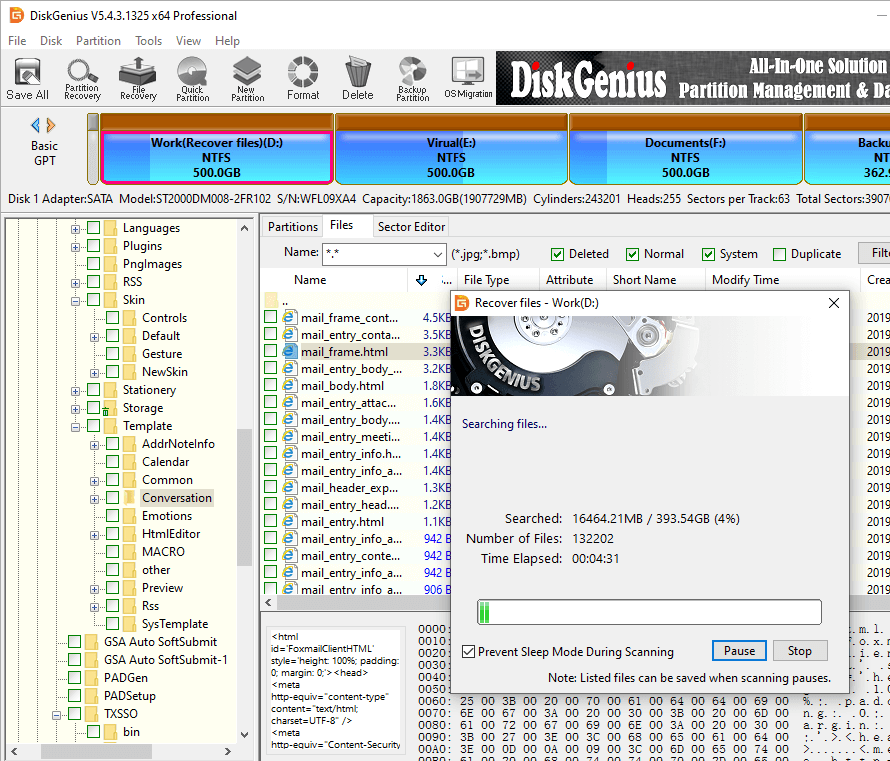
Open Windows file explorer (WIN key + E) and locate the drive that you cannot access then right-click on it and select Properties. Windows also has a graphical interface to check the status of the disk, and although it is not as forceful as the previous one we have talked about, it can be equally effective for these types of problems and especially if the problem is in an external drive with USB connection. In all likelihood, this will simply fix the cyclic redundancy issue on your device (and any other you potentially might have). This check can take quite a long time depending on the size, speed and number of problems it finds with your SSD, but you just have to be patient and wait for it to finish. Obviously, you must say yes by pressing the letter Y on your keyboard and then ENTER, and then you must restart the computer for CHKDSK to do its job. In all probability you will receive a message like the one shown above, indicating that it cannot be executed because the files are in use, and that if you want CHKDSK to run automatically the next time you restart the computer. To do this, you must open a command prompt window (right click on the Start button -> Command prompt (administrator) and execute the following command replacing the letter C with the letter of the drive that gives you problems. The CHKDSK utility integrated into Windows will be our best ally to solve these problems, since it automatically searches for and repairs any errors in the storage units and especially in the file system. Therefore, it is necessary and also urgent to solve it as soon as possible, so let’s see what we can do about it. In addition to preventing us from copying files and accessing device data, this cyclic redundancy error will potentially cause a computer file system failure that could lead to data loss.

Generally, when you receive this problem it has to do with the files stored on the device. This type of error can also be caused by other unavoidable incidents, such as corruption of the system registry, a failed program installation, a bad shutdown of the computer, etc.


 0 kommentar(er)
0 kommentar(er)
